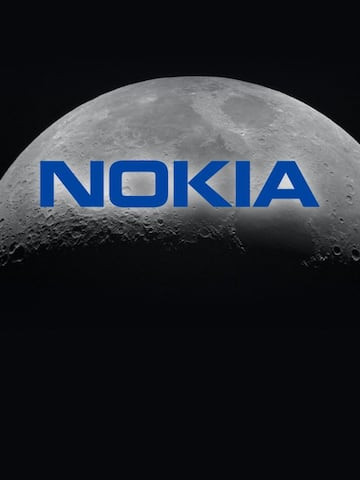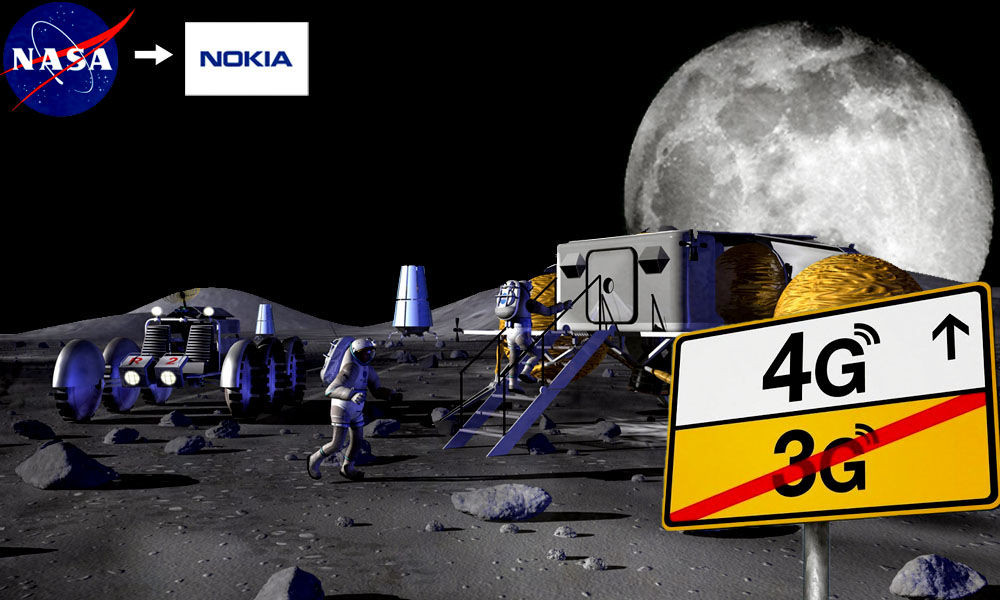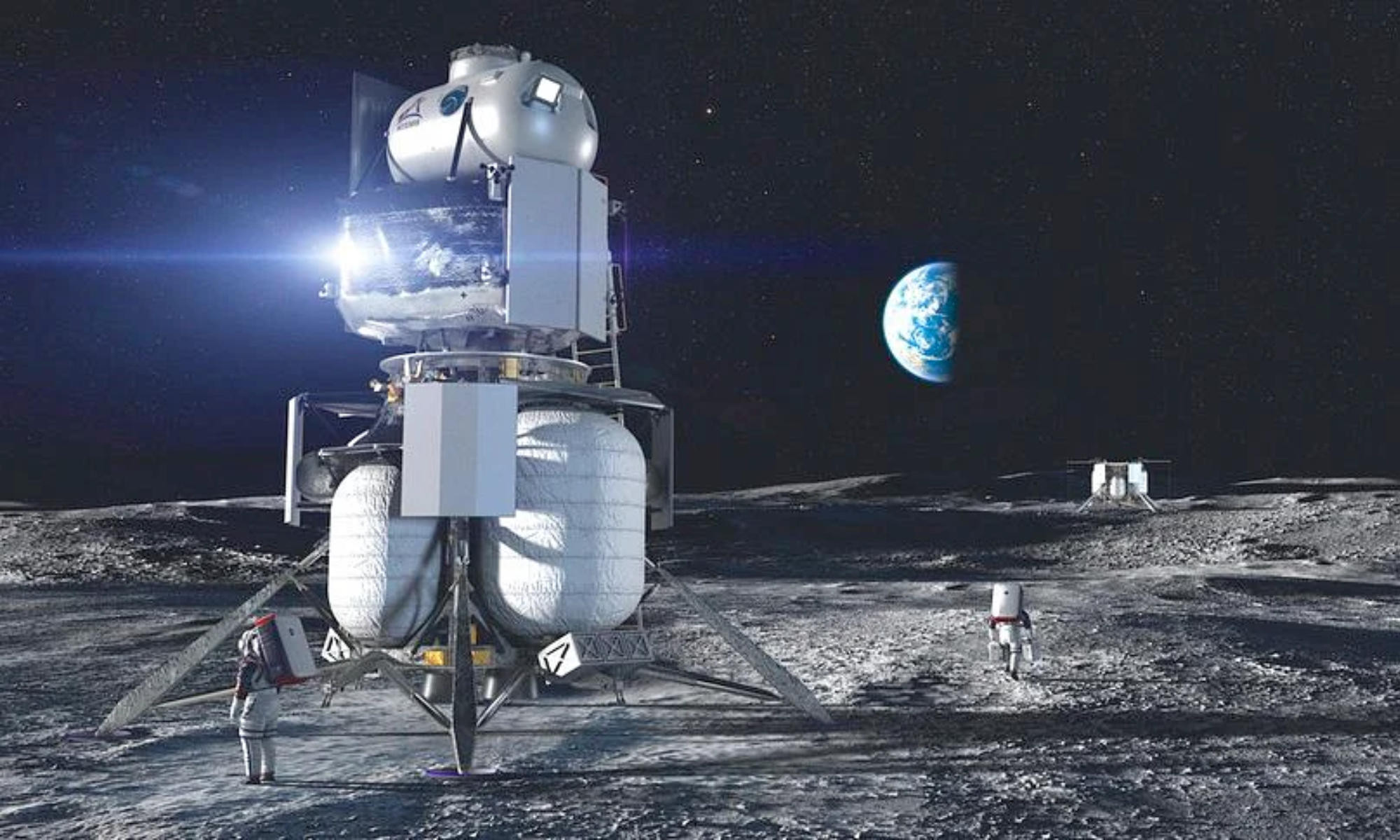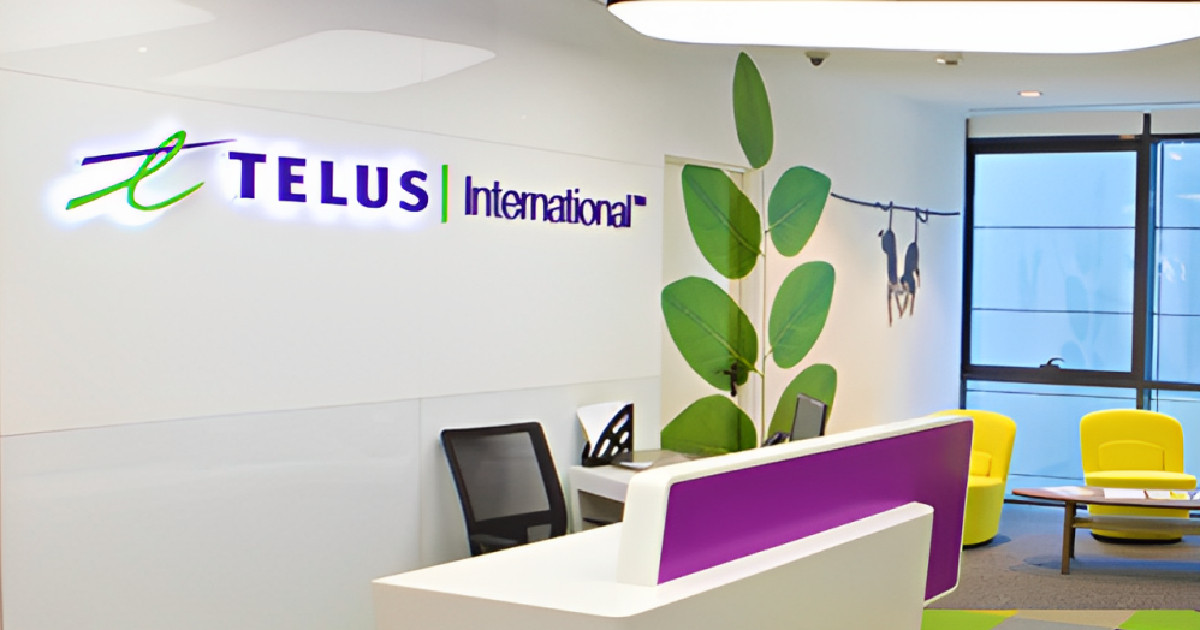Nokia is taking a giant leap for mankind, bringing 4G connectivity to the Moon. The iconic Finnish telecom giant has partnered with Axiom Space to integrate advanced 4G/LTE communication capabilities into the next-generation spacesuits for NASA’s Artemis III lunar mission. This groundbreaking collaboration signifies a significant leap forward in space exploration, ushering in an era of seamless communication for astronauts traversing the lunar surface.
This partnership will equip Artemis III astronauts with network connectivity during their mission, currently scheduled for launch in September 2026, enabling them to capture and transmit real-time HD video, voice communications, and telemetry across several kilometers on the Moon. This advanced capability will allow astronauts to stay connected with mission control on Earth and communicate effectively with each other, enhancing collaboration and safety during lunar explorations.
The integration of 4G/LTE capabilities into Axiom Space’s Extravehicular Mobility Unit (AxEMU) spacesuits is a testament to the rapid advancements in space technology. The technology will allow astronauts to stay connected with mission control on Earth and communicate effectively with each other, enhancing collaboration and safety during lunar explorations. The partnership leverages Nokia’s Lunar Surface Communications System (LSCS), consisting of a ‘network-in-a-box’ comprising the radio, base station, and core elements of a terrestrial cellular network packaged into a single unit, and device modules directly integrated into the spacesuits. These components are designed to be optimized for size, weight, and power efficiency, and to withstand the harsh conditions of the lunar environment.
The integration of 4G/LTE capabilities into Axiom Space’s Extravehicular Mobility Unit (AxEMU) spacesuits is a testament to the rapid advancements in space technology. This development is part of a larger effort to ensure a sustainable presence on the Moon by the end of the decade, paving the way for future expeditions to Mars. This vision aligns with NASA’s Tipping Point program, which aims to accelerate the development of emerging space technologies, and Nokia’s expertise in network design and building is a crucial element in making this vision a reality.
The Importance of Connectivity in Space Exploration
The presence of a 4G/LTE network on the Moon will not only facilitate communication between astronauts and mission control but also play a vital role in the advancement of lunar research and exploration. The network will allow astronauts to send real-time HD video, voice communications, and data telemetry across several kilometres on the Moon. It can also be used for clearer, and faster communication with ground controllers. The enhanced communication capabilities will enable astronauts to share their findings, collect data from various instruments, and control robotic systems, facilitating a deeper understanding of the lunar landscape and its resources.
Nokia’s President of Bell Labs Solutions Research, Thierry Klein, emphasizes the critical role of advanced networks in supporting future human space exploration: “It became evident to us that, for any sustained human presence on the Moon and Mars in the future, connectivity and communications are critical. Astronauts will need the same advanced capabilities that we have on Earth in space to support their activities and run their applications.”
A Gateway to Mars
The integration of 4G/LTE network capabilities into the AxEMU spacesuits for the Artemis III mission serves as a crucial stepping stone for future space exploration, particularly for missions to Mars. The technology developed for the Moon will be adapted and refined to support the communication needs of Martian missions, providing astronauts with the essential infrastructure for collaborative exploration, scientific research, and potentially even establishing a permanent human presence on the Red Planet.
The 4G network on the Moon is not just a technological feat; it is a symbol of human ingenuity and our relentless pursuit of pushing the boundaries of exploration. It represents a future where communication is no longer limited by geographical boundaries, but rather a bridge connecting us to the vast expanse of space, enabling a deeper understanding of our universe and paving the way for future generations to explore the wonders beyond Earth.



















